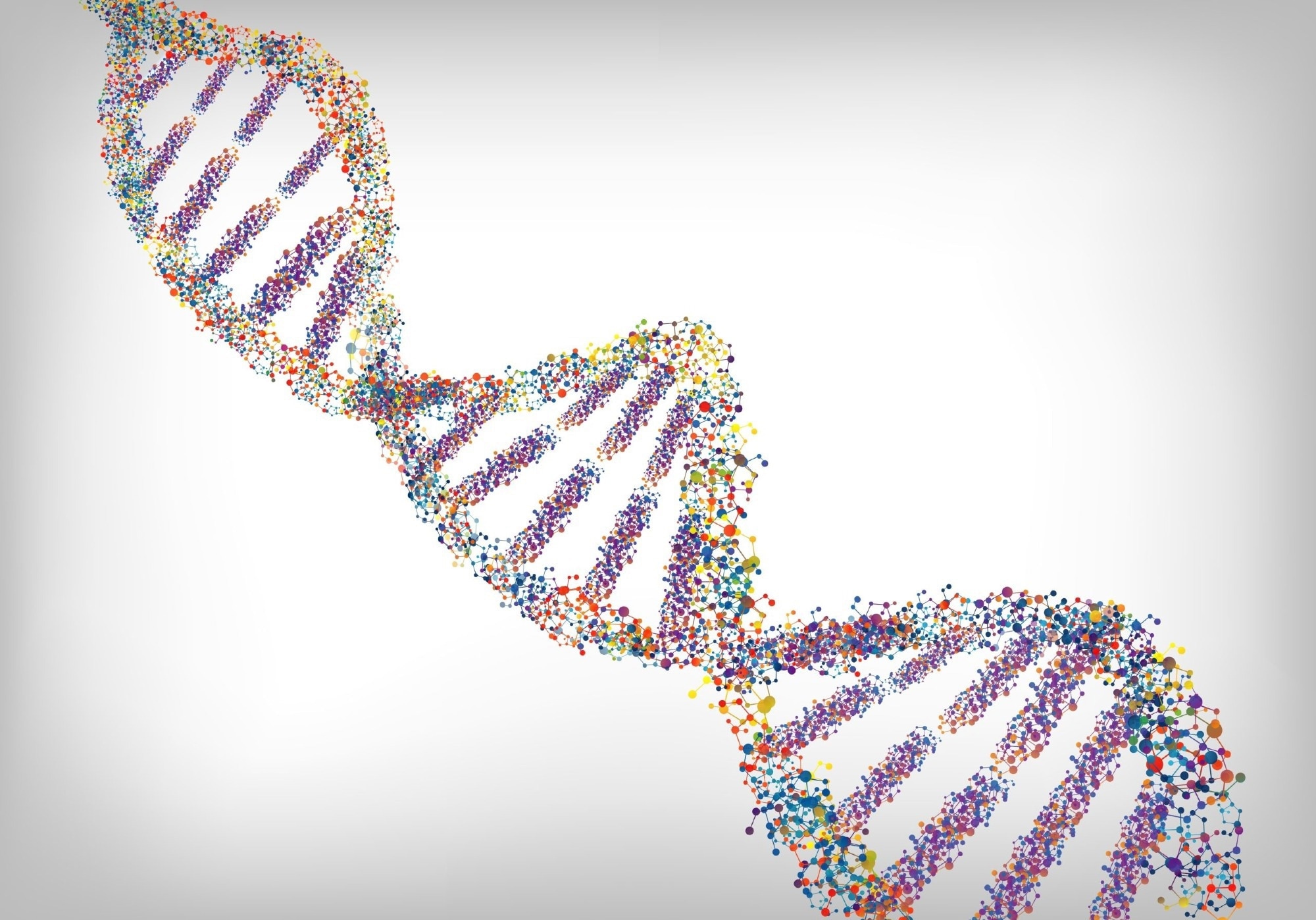By creating advanced diagnostic tools in the nanoscale, Li-Qun “Andrew” Gu at the University of Missouri has had a passion for resolving life science issues for more than two decades.

“Potential applications include studying the structures of DNA- and RNA-based diseases and disorders, such as COVID-19, HIV, and certain types of cancers, to see how drug therapies work. Or we could potentially discover new small-molecule drug compounds that can be used in future drug discoveries,” said Li-Qun “Andrew” Gu at the University of Missouri. Image Credit: Shutterstock
In recent times, Gu, a professor in the Chemical and Biomedical Engineering Department and investigator in the Dalton Cardiovascular Research Center, and a research group came up with a new technique utilizing nanopores—a nanometer-sized hole—to assist researchers in progressing their breakthroughs in neuroscience and other medical applications.
In context, the thickness of a single sheet of paper is nearly 100,000 nm.
Potential applications include studying the structures of DNA- and RNA-based diseases and disorders, such as COVID-19, HIV, and certain types of cancers, to see how drug therapies work. Or we could potentially discover new small-molecule drug compounds that can be used in future drug discoveries.
Li-Qun “Andrew” Gu, Professor, Chemical and Biomedical Engineering Department, University of Missouri
Gu added, “Also, the tool could help in the development of sensors for neurotransmitters for studies in neurochemistry and neurodegenerative disease diagnostics.”
The method includes aptamers or single strands of DNA or RNA molecules that optionally bind to a specific target. This enables scientists to know exactly what they are finding with the nanopores and study how individual molecules interact, stated Kevin Gillis, the study’s co-corresponding author.
Gillis, a professor and chair of the Chemical and Biomedical Engineering Department and investigator in the Dalton Cardiovascular Research Center, stated that the interaction between single molecules is detected via small ion currents via a nanopore.
Nanopores can detect single molecules because they are like a built-in amplifier—the binding of a single molecule can block the flow of millions of ions moving through the pore that produces the measured current and changes in the current represent the single molecules moving or binding inside nanopores.
Kevin Gillis, Study Co-Corresponding Author, University of Missouri
Gillis feels stunned by how innovative scientists like Gu are still determining new methods to exploit nanopores to assist them in gaining better insights into small-molecule molecular interactions by utilizing single-molecule precision.
This approach contributes to a growing area of research called synthetic biology which is intended to reproduce the most important features in life by replicating the most basic biological functions in synthetic form. This makes it one of the most powerful approaches to understand the basic principles of life.
Kevin Gillis, Study Co-Corresponding Author, University of Missouri
The study’s co-authors include Rugare G. Chingarande, Kai Tian, Yu Kuang, Aby Sarangee, Chengrui Hou, Emily Ma, Jarett Ren, Sam Hawkins, Joshua Kim, Ray Adelstein, and Sally Chen.
This study was supported in part by National Science Foundation (NSF) Convergence Accelerator Track J (0072474) and NSF REU Site: Creative Approaches to Materials Design and Processing (1757936 and 2149721).
Journal Reference
Chingarande, R. G., et al. (2023) Real-time label-free detection of dynamic aptamer–small molecule interactions using a nanopore nucleic acid conformational sensor. Proceedings of the National Academy of Sciences. doi.org/10.1073/pnas.2108118120